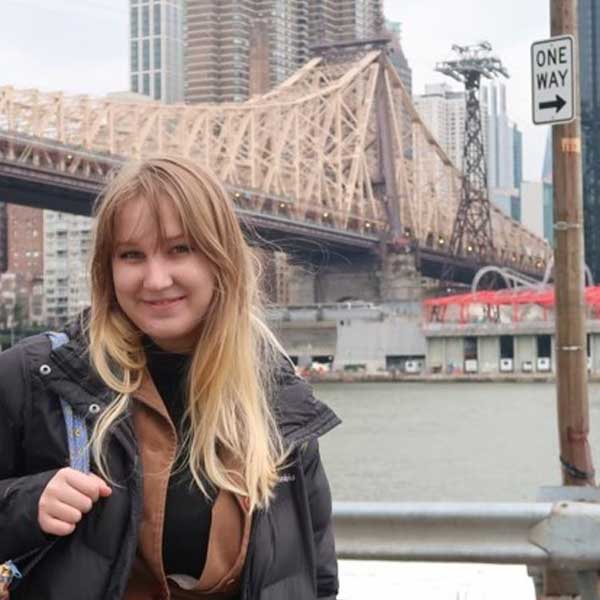If you read the description of the work by LIM Kai Ning, my former honours student, then you know that work in my lab at NUS investigated the impacts of unmanned aerial vehicles (UAVs, or drones) on bats in Singapore (SG), and you know why it matters.
Well, this summer, in NYC’s less restrictive landscape (meaning, it is easier to fly UAVs here than in SG), I am picking up this question again. I will conduct a pilot study in green spaces in the five boroughs and maybe Nassau County. The goal is to use bioacoustics to document changes in bat activity and eDNA to determine whether UAVs kill insects and, if so, which ones (and maybe how many).
The intrepid Research Intern who will conduct the experiment is Sophie Barno. In May 2022, she will graduate from the University of Minnesota Twin Cities, with a BSc (major in Ecology, Evolution and Behaviour and minor in Statistics). While completing her bachelor’s degree, Sophie worked on two research projects. One was a study of the preferences of female tree frogs (Hyla spp.) for males based on playbacks of their vocalisations. Sophie helped capture mating pairs in the field and then helped run the lab experiments. The other asked how traits (beak morphology) relate to avian phylogeny and the utility of these traits as indices of biodiversity. For this, Sophie snapped and scanned 200 photos of raptor beaks from museum skins, and then used specialised software to place 40 dots on each beak – this is landmarking, and it is tedious work.
Sophie’s aptitude for tedious work will be put to good use this summer. After all, viewing and interpreting spectrograms, like bioacoustics in general, can be a bit tedious. But Sophie also brings to the table her super keen intellect, scientific curiosity and field experience – all of which will serve us well. Sophie will start work on 23 May, and I am very excited to welcome her into our lab.

